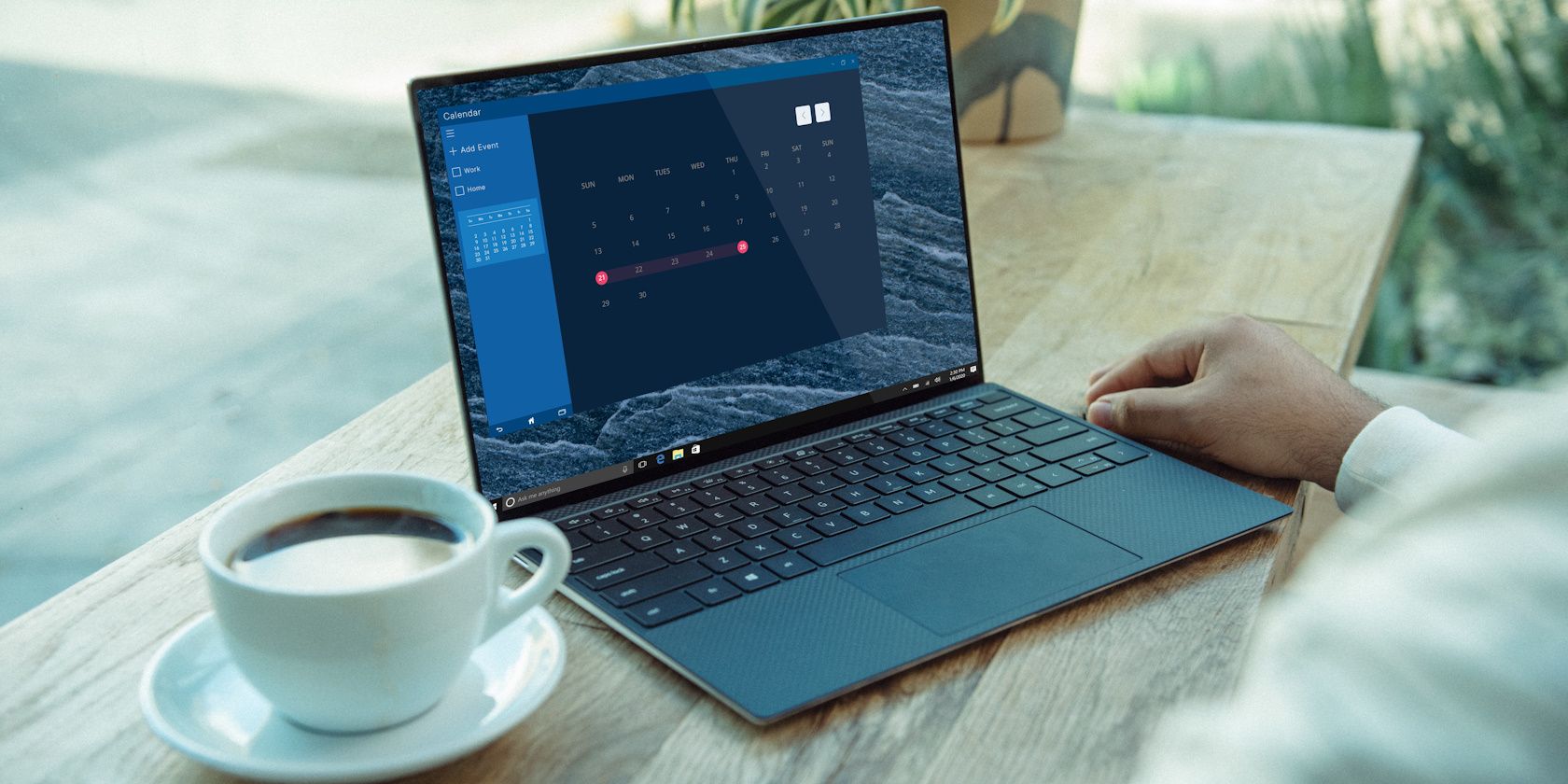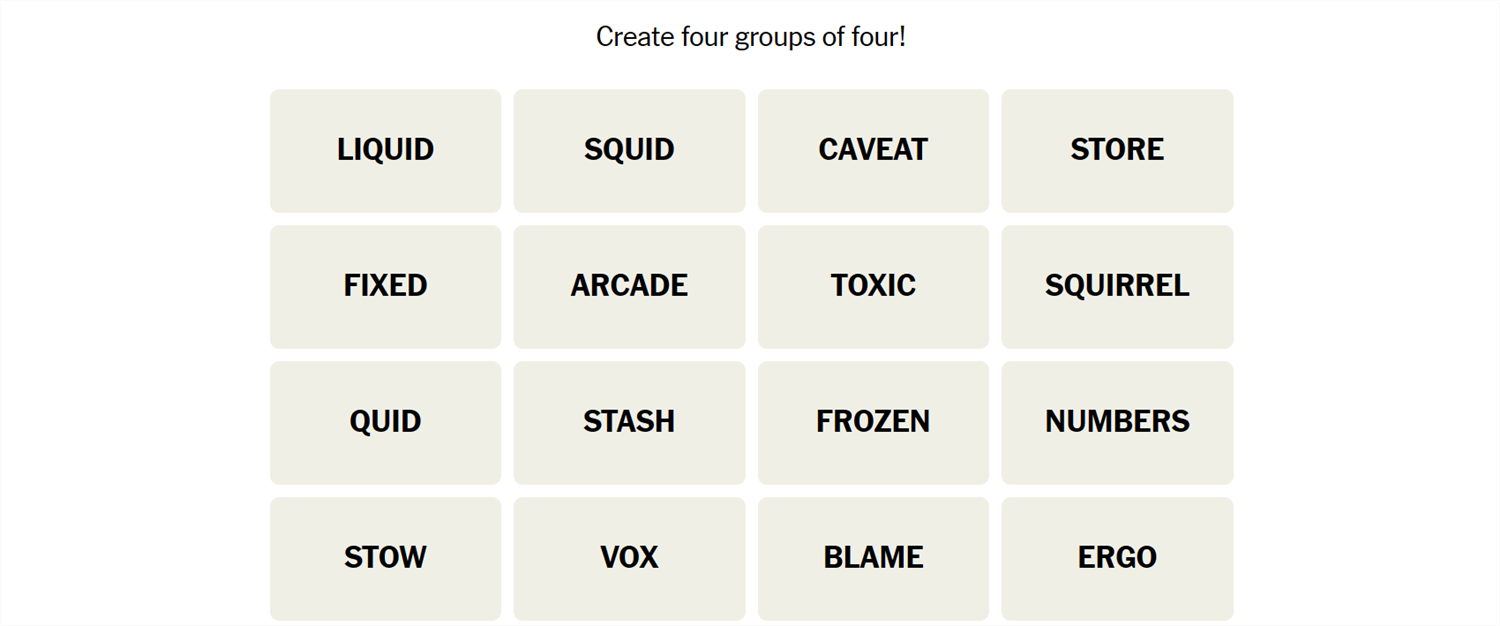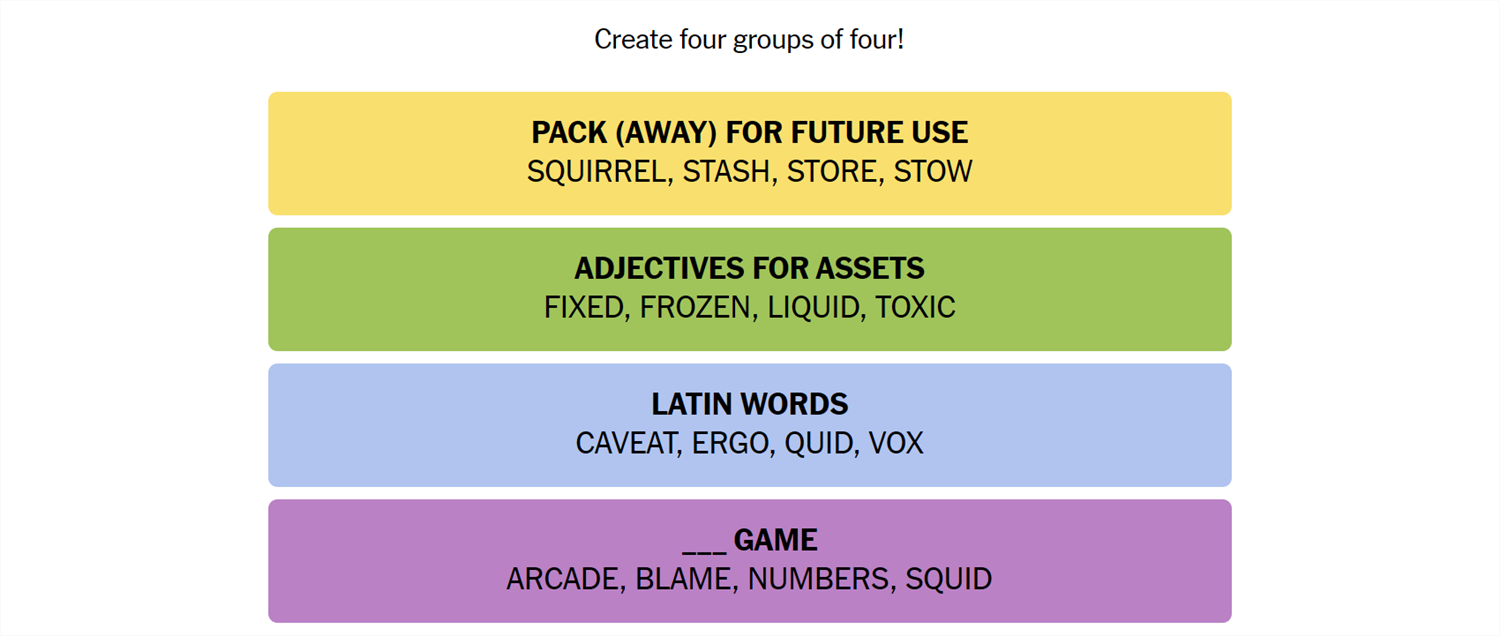
July 2Nd New York Times Connection Puzzles: Solutions & Insights #387

July 2Nd New York Times Connection Puzzles: Solutions & Insights #387
Quick Links
- What Is Connections?
- Hints for Today’s Connections Groups
- Today’s NYT Connections Answers
- How Did We Solve This Connections Game?
- How Do You Guess Connections Groups?
Connections is a game from the New York Times that challenges you to find the association between words. It sounds easy, but it isn’t—Connections categories can be almost anything, and they’re usually quite specific. If you need a hand getting the answers, we’ve got you covered.
What Is Connections?
Connections is a game from the New York Times. The objective is simple: sort 16 words into groups of 4. Each group of words will be connected by some common idea or theme. That common element could be anything. We have seen everything from games that rely on the number of letters in the words to categories that require you to spot an extra letter at the end of the word. Sometimes they’re references to economics, other times they reference fairy tales. There is no telling what sort of association there will be between words.
Once you’re confident you understand the connection, select 4 words, then hit “Submit.” You have only four attempts in total, so don’t be too guess-happy.
Hints for Today’s Connections Groups
Here are a few hints for the 387th Connections game to get you started:
- Yellow: For long-term storage.
- Green: Ways to describe things you own.
- Blue: Words from a dead language.
- Purple: Things you might do for fun?

If you still need help, the actual group names are:
- Yellow: Pack (Away) for Future Use
- Green: Adjectives for Assets
- Blue: Latin Words
- Purple: ____ Game
Today’s NYT Connections Answers

Pack (Away) for Future Use (Yellow):
Squirrel, Stash, Store, Stow
Adjectives for Assets (Green):
Fixed, Frozen, Liquid, Toxic
Latin Words (Blue):
Caveat, Ergo, Quid, Vox
____ Game (Purple):
Arcade, Blame, Numbers, Squid
How Did We Solve This Connections Game?
July 2nd wasn’t too bad, and I certainly struggled less than yesterday.
The first word I went with was stow, since it really only has one meaning, which is “to save or put away for future use.” With that definition in mind, I quickly picked up squirrel (as in the verb), stash, and store. Together, those words made up the Yellow group, “Pack (Away) for Future Use.”
Next, I shuffled the board. By coincidence, fixed and liquid landed next to each other, and I realized they were both terms that can be used to describe assets (as in real estate, or liquid cash). Frozen assets are another type of asset, and toxic assets are too, though, as the name suggests, they’re worthless. The Green group was “Adjectives for Assets.”
Caveat, Ergo, Quid, and Vox don’t have much in common other than being Latin terms, so I assumed they belonged to the Purple group. That guess was wrong, but they were in a group—Blue, “Latin Words.”
That left arcade, blame, numbers, and squid. I’m not sure I would have seen the connection earlier, but with only the 4 words alone, I realized they were all types of “games.” Purple was properly titled “_____ Game.”
How Do You Guess Connections Groups?
There is no quick, reliable way to approach Connections like there is with Wordle, since Connections isn’t algorithmic. However, there are a few things to keep in mind that can help.
- Look for similar parts of speech. Are some words verbs and others nouns? Are some adjectives? Try mentally grouping them based on those categories and see if any other patterns jump out at you.
- Are the words synonyms? Sometimes categories will just be synonyms for a phrase, or very close to synonyms. Don’t rely too closely on this, though. Occasionally, Connections will deliberately throw in words that are sometimes synonyms to mislead you.
- Try saying the words. Sometimes, saying the words helps. One puzzle we saw included the words go, rate, faster, clip, pace, speed, move, commute, and hurry—all of which are obviously related to the idea of motion. However, when you say them, it becomes a little more obvious that only four (go, move, hurry, faster) are things you’d actually say to prompt someone to get moving.
- Expect the red herring . Connections usually has words that could be plausibly, yet incorrectly, grouped together. Take the words Bud, Corona, and Light, as an example. You might instinctively see those three words together and assume they’re lumped together in a category related to beer—but they weren’t.
- Look for distinct words. If a word on your board doesn’t have multiple meanings or can really only be used in one context, try using that word as the basis for a category.
- Shuffle the board. Sometimes, moving words around will help you look at them in new ways.
If you didn’t solve this one, don’t feel too bad—there’s always tomorrow! And those words may align with a topic you’re interested in, giving you a leg up on the competition.
Also read:
- [New] In 2024, The Ultimate Guide to GoPro Karma Performance
- [New] Stream Your Podcast with One Move Only
- [New] The Comprehensive Approach to Linking Your TikTok Profile for 2024
- [Updated] Earnings Breakdown Youtube's AdSense Payments by Thousands of Views
- [Updated] Sky-High Quality Unveiling the Best 4K Video Converters for 2024
- 2024 Approved Honorable Highlights Elite Websites for Obtaining SnapAlert Beats
- 2024 Approved Ultimate Audio Experience Budget-Friendly ASMR Mics Reviewed
- 2024 Approved Ultimate Guide to Shopee Livestream Selling Maximize Profits
- Becoming a GIF Maestro The Meme Creator’s Handbook for 2024
- Comprehensive Overview Utilizing Google's Automatic Transcription Service
- Expert Tips to Eliminate Stutter & Freezing in Your Deathloop Adventures on PC and PS5
- In 2024, Detailed Review of doctorSIM Unlock Service For iPhone 12 Pro
- In 2024, Digital Subtitling Simplified Best Online Tools of the Decade
- In 2024, How to Find iSpoofer Pro Activation Key On Apple iPhone SE (2022)? | Dr.fone
- In 2024, Unraveling the Apple Podcast App Submission System
- Innovative Video Edits Made Simple with Windows 10'S Story Remix
- Overcoming Wi-Fi Connectivity Issues on iPad and iPhone: Discover 8 Effective Solutions
- The Intriguingly Unconventerian and Highly Costly Journey with Lenovo's ThinkPad X1 Fold - An Insider Review by ZDNET
- The Roadmap to Thriving in Twitter Live Broadcasts for 2024
- Title: July 2Nd New York Times Connection Puzzles: Solutions & Insights #387
- Author: Edward
- Created at : 2025-01-12 17:29:46
- Updated at : 2025-01-17 16:03:07
- Link: https://vp-tips.techidaily.com/july-2nd-new-york-times-connection-puzzles-solutions-and-insights-387/
- License: This work is licensed under CC BY-NC-SA 4.0.